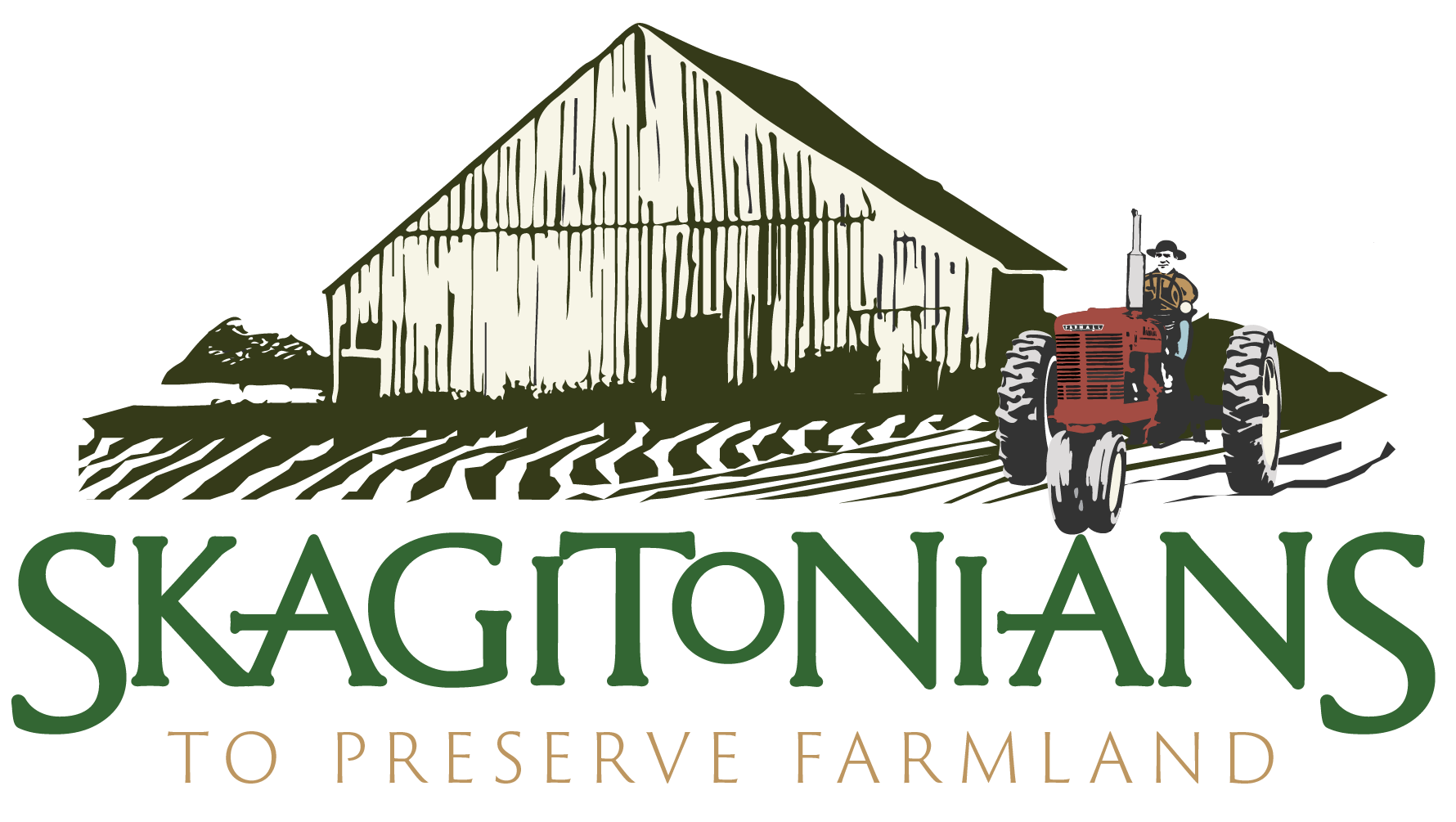2022 Our Valley Our Future Innovation in Agriculture Award
“Matt believes the innovations of the Foothills Farm model can expand in cooperative ways within our community. We could save our farms. We could rebuild agricultural viability through Matt’s vision and leadership.”
The fog rested in layers across the foothills on a wet spring day, chickens clucking in the distant field while ospreys called overhead. Foothills Farm, a multigenerational farm in the Skiyou valley east of Sedro-Woolley has new life breathed into it by Matt Steinman.
Soon, Steinman will till the field the chickens have been fertilizing and the BCS walk-behind tractor will create pathways between raised beds.
In those beds, Steinman will amend the soil with natural inputs of chicken and cow manure, worm castings, and mulch.
He is a small scale, regenerative farmer, learning as he goes, beginning with a pea patch size operation and expanding to 35 acres of vegetables and another 25 in pasture rotation for poultry. The farm includes just over 73 acres of land, and he has plans for it all in time.
Steinman “ditched the plow and rototiller in favor of the broadfork and power harrow,” and uses companion planting, minimal till, and raised bed agricultural practices.
With a conventional 45 horsepower tractor and two moldboards hooked together, Steinman can quickly turn an acre into raised beds. The same, he said, can be done on a larger scale with a 105 horsepower tractor shaping two beds at once.
“I think the more we do what we are doing, we can show how it could work for commercial agriculture. It would have to be a larger cooperative effort, re-establishing true community ties,” he said, noting that the larger scale would create huge demand for animal waste. “It would harken back to the era of the larger communal effort.”
Neighbors and ranchers Terry Sapp and Jean Eagleston agree.
“Matt believes the innovations of the Foothills Farm model can expand in cooperative ways within our community. We could save our farms. We could rebuild agricultural viability through Matt’s vision and leadership.”
Regenerative Practices
Uphill from the fields is the bulk of Steinman’s operation: Nearly 2,000 linear feet of greenhouses and raised beds create a tapestry; Rows of radishes used as both crop and cover crop, doing their part to minimize weeds and break up soil compaction; Peas climbing ropes, lettuce, chard, kale, turnips, and Asian greens are all in constant rotation, sharing raised beds in calculated companion plantings.
Steinman said he’s always heard that basil and tomatoes grow better together, and he accidentally proved it one season when he ran out of basil seeds while planting the tomatoes. The two-thirds of the tomatoes planted with the basil grew much better, he said.
In one greenhouse alone there are rows of tomatoes with beets, radishes, basil and Hakurei salad turnips. The greens grow faster than the tomatoes and he can get multiple harvests from them before the tomatoes are large enough to take over the space.
“One of my ideas is to provide parsley or kale 365 days of the year. That’s the basis of this whole idea,” he said. “We get huge yields. It’s also a challenge and I like challenges.”
Steinman sells year round in farmer’s markets throughout the region, and is working toward year-round, high-yield production for many of the 100 varieties of greens and root vegetables grown at Foothills Farm.
“I think we’re going to make it. I think we are going 365 with chard,” he said.
Steinman believes that with further innovation, he can demonstrate to large scale farmers that these organic, regenerative practices could be profitable.
“If they can see systems that could make the same amount of money per acre and it would make sense for their farm, I think they would adapt it,” Steinman said. “The more we do what we are doing, we could show it to work for commercial agriculture.”


